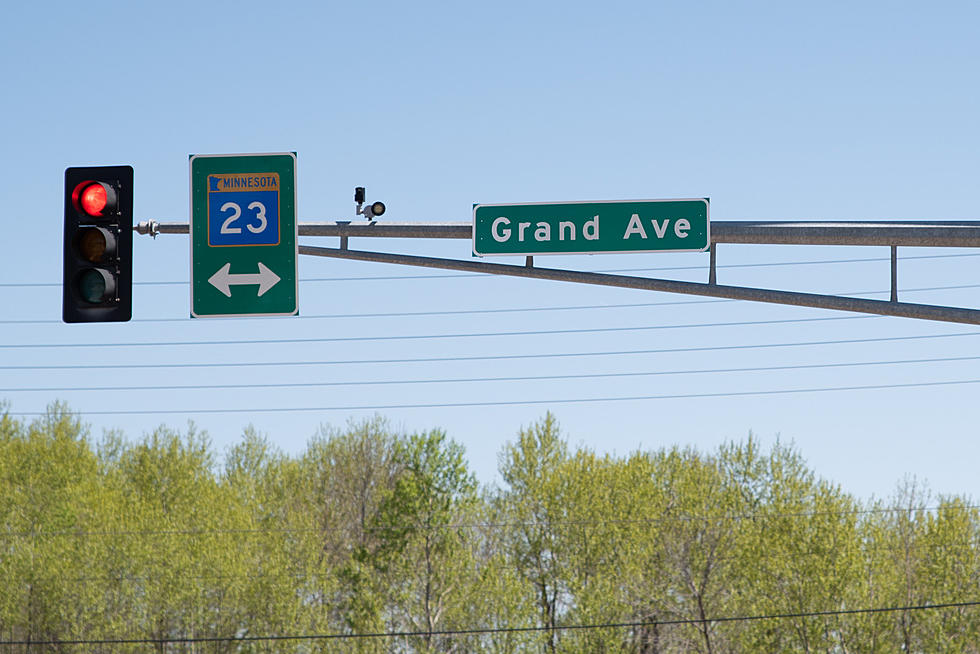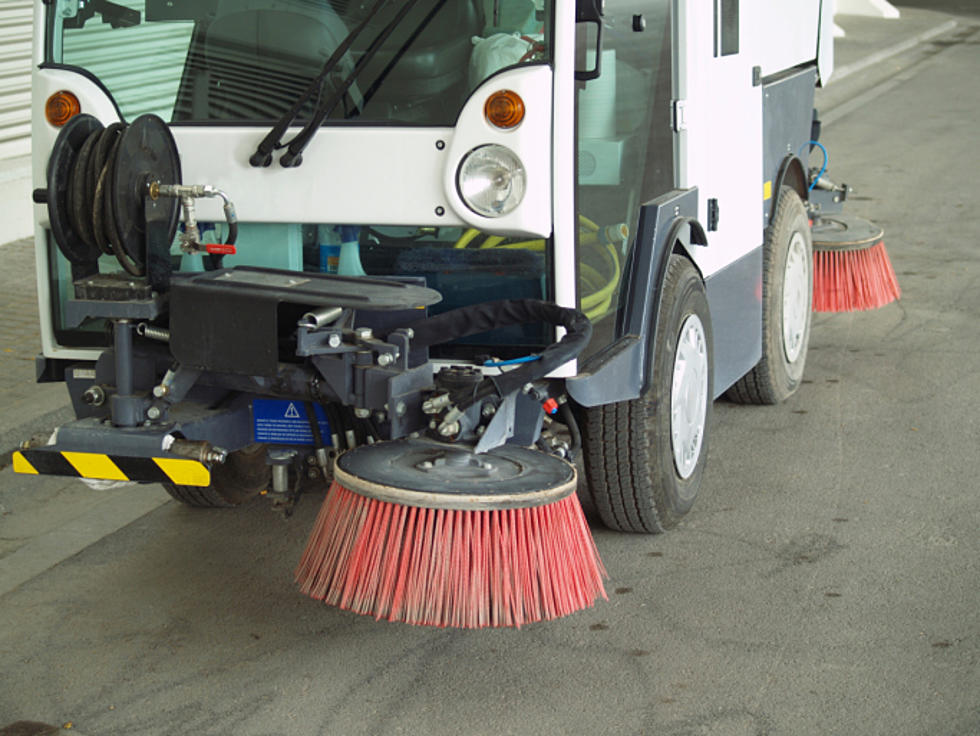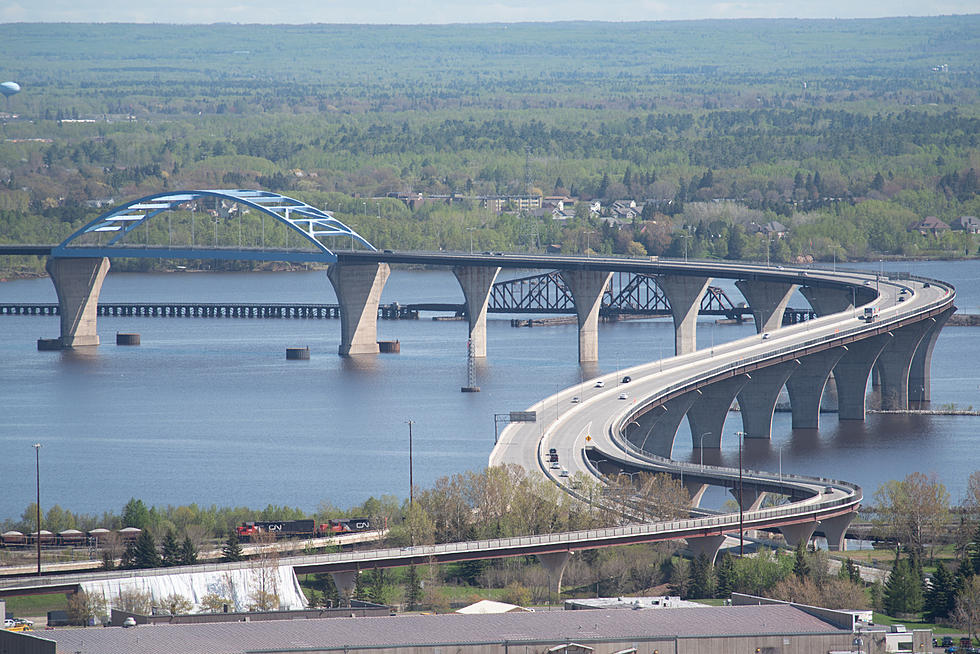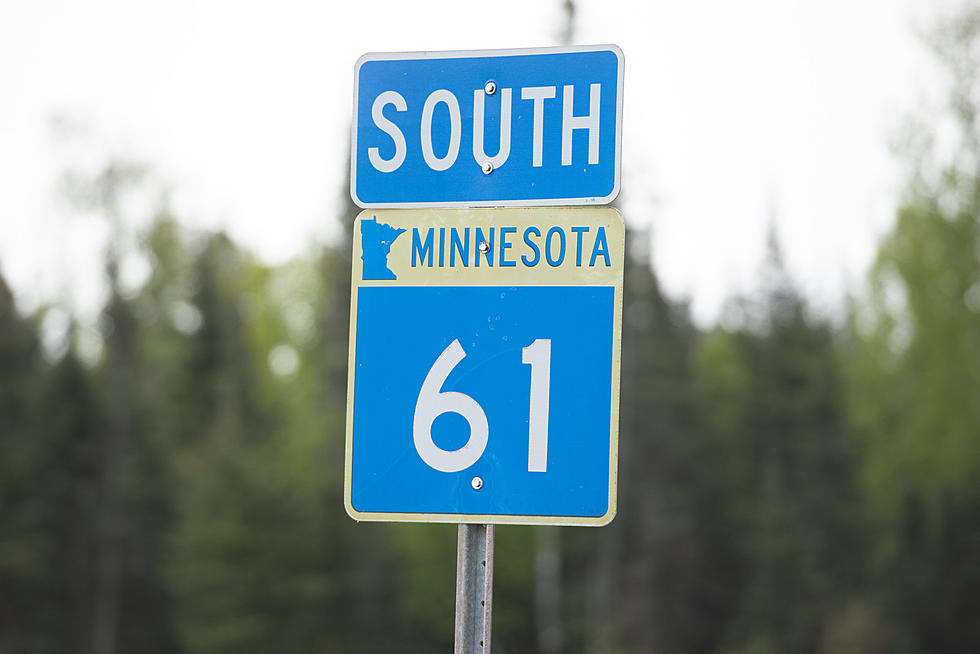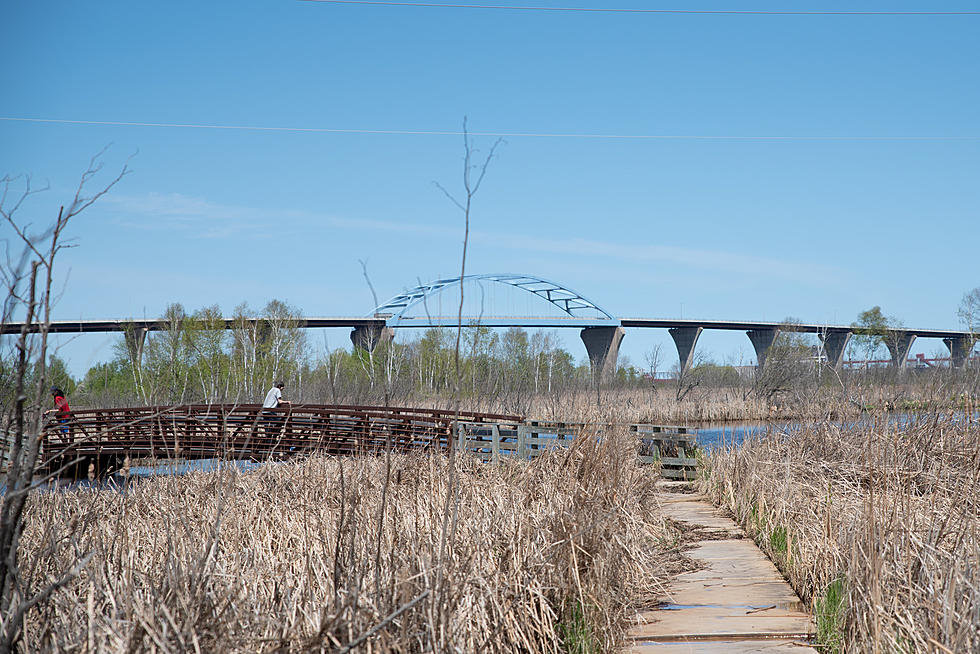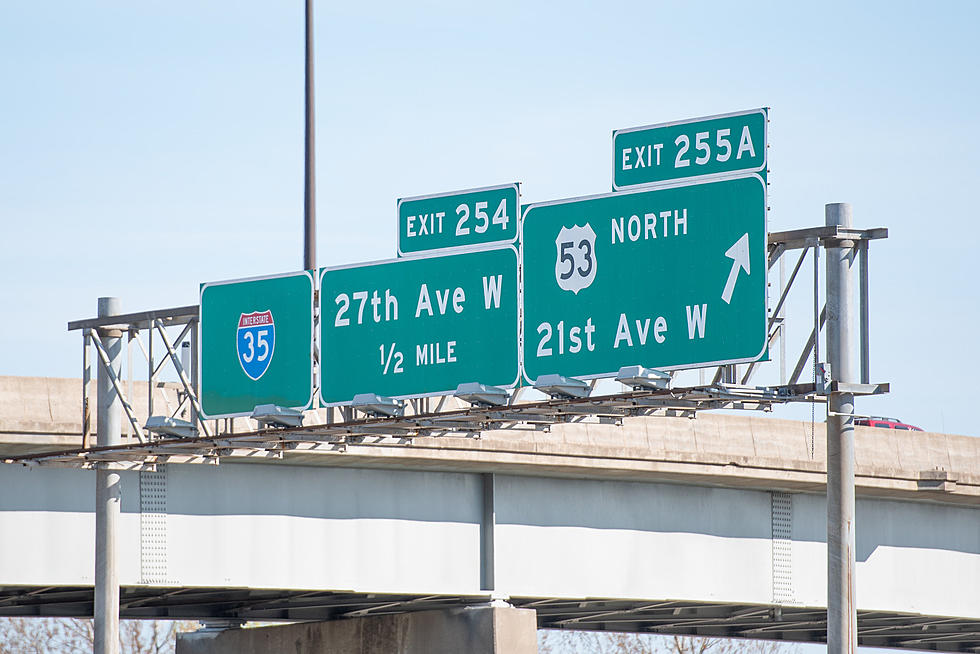
Duluth-Superior Winter Bridge Etiquette 101
So you may have noticed that we get a little snow and ice here in the Twin Ports from time to time. The average winter brings measurable snow every couple of days with at least 3 or 4 major snow events for the season. You may have also noticed that our Twin Ports community is divided by the St. Louis River, which requires a bridge to travel to-and-from Duluth and Superior. We have two major bridge option routes to choose from in the heart of the metro, with a few outlying choices as well.
Even though inter-city commuters travel these bridges on a daily basis, you wouldn't know it when the snow starts to fly. Invariably, one (or both!) of the bridges end up with accidents during the morning and afternoon drive times - which result in major backups.
It doesn't have to be this difficult.
The majority of accidents on the bridges are caused by haste and inattention. There, I said it. Yes the bridge decks get slippery with ice and snow and yes the wind can get fierce up on the span; that said, most of the accidents that occur on these bridges during snow storms are caused by the carelessness of one (or more) driver(s) which create a daisy-chain reaction.
Here are some tips:
- Slow down. Let's say that again - slow down when the roads get snow and ice-covered. That speed limit sign may say one thing, but your common sense should dictate how fast you're driving. You'll appreciate that minute or two extra that it takes you to get to your destination when you're sitting stuck waiting for an accident to be cleared up.
- Don't pass if the road surface doesn't warrant it. Often, the two lanes of traffic on the bridges gets reduced to one lane when the snow hits. Whether the snowplow hasn't gotten to the passing lane yet or the volume of traffic has worn away the snow and ice in the driving lane, you're often better staying put right where you are. If the passing lane hasn't been cleared, you stand a better chance of your vehicle losing control when you enter the passing lane. Again, sometimes the extra time it takes you is well invested.
- Be more observant than usual. In addition to the area right in front of you, you should always be observant of what lies ahead on the road and on the sides. When bad weather hits, you need to be even-more observant than usual. What's going on with the traffic 3, 4, even 10 cars ahead of you? Are they braking? Why? Is that vehicle 3 cars ahead going it make it's turn? Careful observation can allow you to be a defensive driver.
- Put the cellphone down. This really doesn't even need a description and it applies even when the weather is 90 and sunny. Whether it's texting or calling - if you're looking at your cellphone, you're not looking at the road.
- Give the vehicles around you some room. You should never tailgate. But in the event of inclement weather, you need to allow even more room than usual between you and the other cars on the road. Extra distance equals more time for you to react to potential dangers around you.
The Minnesota Department of Transportation is a good clearing house for all sorts of information about the roads in our area. Their website includes safety tips, road conditions, and more.
More From KOOL 101.7
